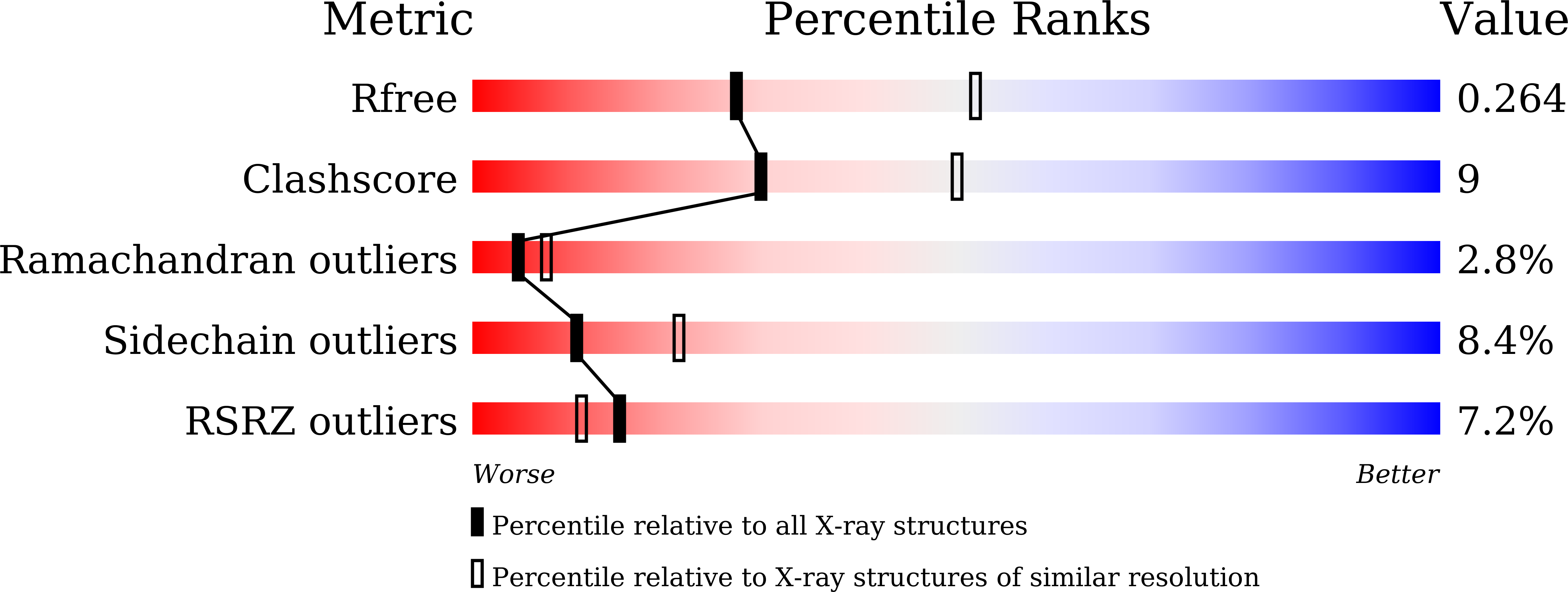
Deposition Date
2022-04-18
Release Date
2022-08-31
Last Version Date
2024-04-03
Entry Detail
PDB ID:
7XJT
Keywords:
Title:
Catabolic ornithine carbamoyltransferases (OTCs) from Psychrobacter sp. PAMC 21119
Biological Source:
Source Organism:
Psychrobacter sp. PAMC 21119 (Taxon ID: 1112209)
Host Organism:
Method Details:
Experimental Method:
Resolution:
2.60 Å
R-Value Free:
0.26
R-Value Work:
0.20
Space Group:
H 3


